Keeping your energy bill in check can feel like a losing battle, especially when your home is filled with devices constantly vying for a spot on the grid. Many people don’t realize that some of these electronics and appliances, when left plugged in, can stealthily sap power even when they’re not actively in use. It’s not just about saving a few bucks; it’s about being conscious of the energy we consume and how it impacts the planet. Here’s a rundown of 13 common culprits that could be silently inflating your electricity costs. You might be surprised at how many of these you have constantly plugged in.
1. Chargers

We’ve all been guilty of leaving chargers plugged into the wall without the device attached. This practice, known as “vampire energy,” draws power even when your phone or laptop isn’t charging. Energy expert Dr. John Smith of the National Energy Institute explains that chargers can contribute up to 10% of your monthly energy bill if left plugged in consistently. It’s a small habit that can lead to unnecessary energy consumption over time. To combat this, consider using a power strip that you can easily switch off when not in use.
Beyond the financial aspect, leaving chargers plugged in can also be a safety hazard. Over time, the constant draw of electricity can lead to overheating, which might increase the risk of electrical fires. It’s advisable to unplug chargers when not actively in use, especially if you’re leaving the house or going to bed. If you’re prone to forgetting, set a reminder or use a smart plug that can be controlled remotely or scheduled to turn off automatically. Little adjustments like these can contribute significantly to reducing both your energy bill and your carbon footprint.
2. Gaming Consoles
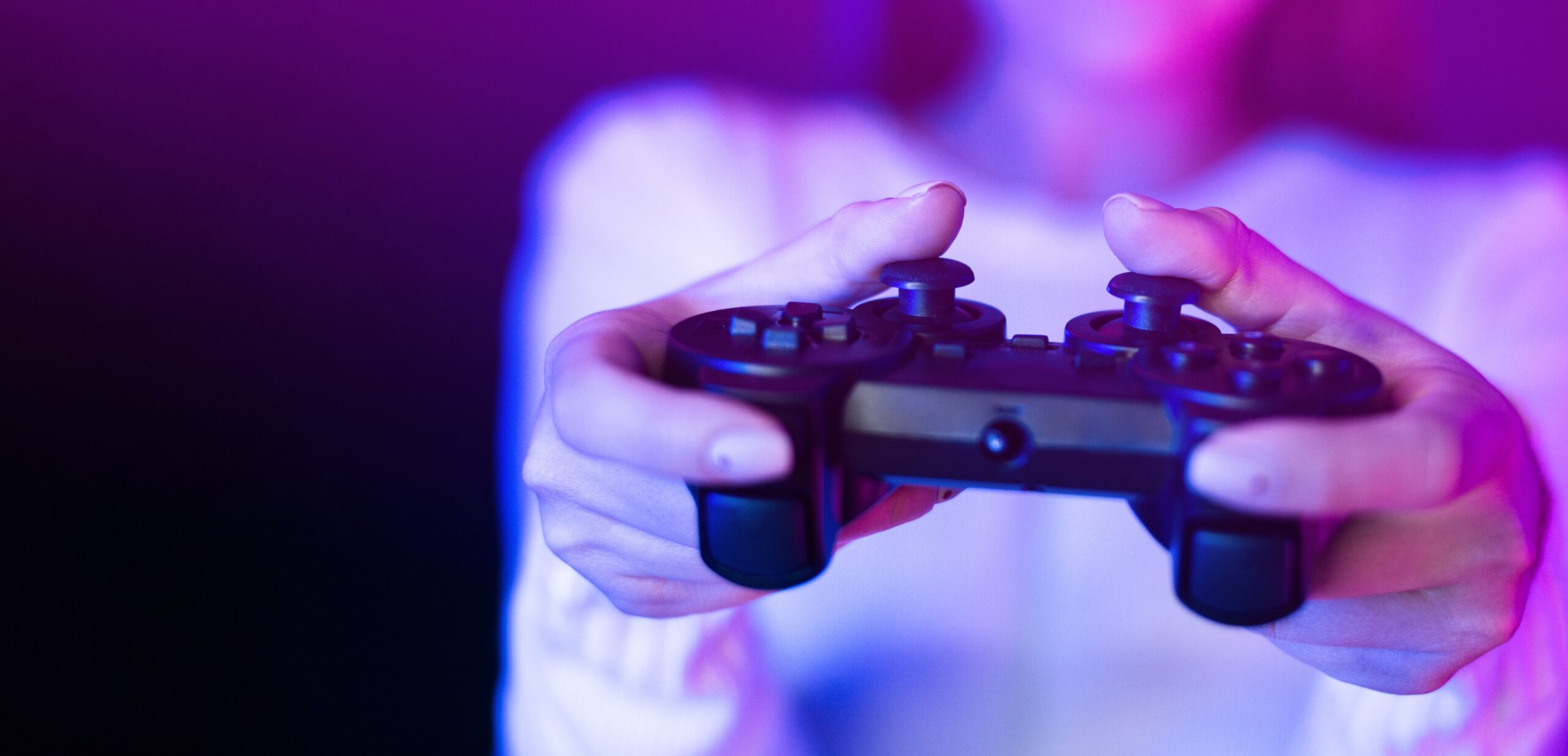
Gaming consoles are a source of endless entertainment but can be a drain on your energy resources. Even when switched to standby mode, consoles can draw a significant amount of power. It’s a common misconception that devices are “off” when the power light is dimmed or blinking. This standby mode is, in fact, still drawing power to keep the console ready for a quick startup. To save on energy costs, ensure that your console is completely off when not in use.
Consider changing the settings on your console to enable energy-saving modes, which typically power down the device completely after a period of inactivity. This not only saves energy but also prolongs the life of your device by reducing wear and tear. If you’re an avid gamer, unplugging the console when you’re done playing can become second nature with a bit of practice. For an even more convenient solution, a smart power strip that can cut off power to multiple devices at once is worth investing in. This simple step can make a noticeable difference in your energy usage.
3. Desktop Computers
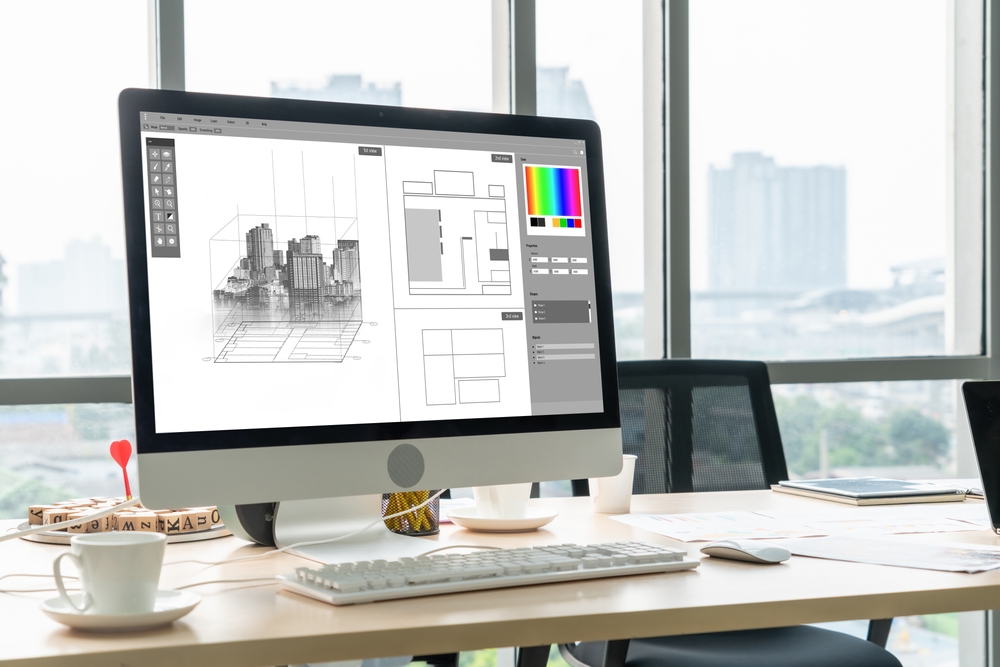
Desktop computers, although essential for many, can be surprisingly energy-intensive. According to a study from the Lawrence Berkeley National Laboratory, desktop computers can consume up to 300 watts per hour when in use, and even in a seemingly inert state, they continue to draw power. This continuous energy consumption is something many people overlook. By turning off your computer and unplugging it when not in use, you can reduce energy waste significantly. This is especially important if you leave your computer inactive for extended periods.
Using sleep mode can cut energy consumption, but the most effective way to stop energy drain is to turn the computer off entirely. If you’re working from home and using a desktop setup, consider using a power strip with an on/off switch for easy access. This way, you can ensure your computer and peripherals aren’t drawing power overnight or during long breaks. Additionally, upgrading to energy-efficient models or laptops can make a difference in your energy consumption. Making these changes will not only save on your electric bill but also support a more sustainable lifestyle.
4. Televisions
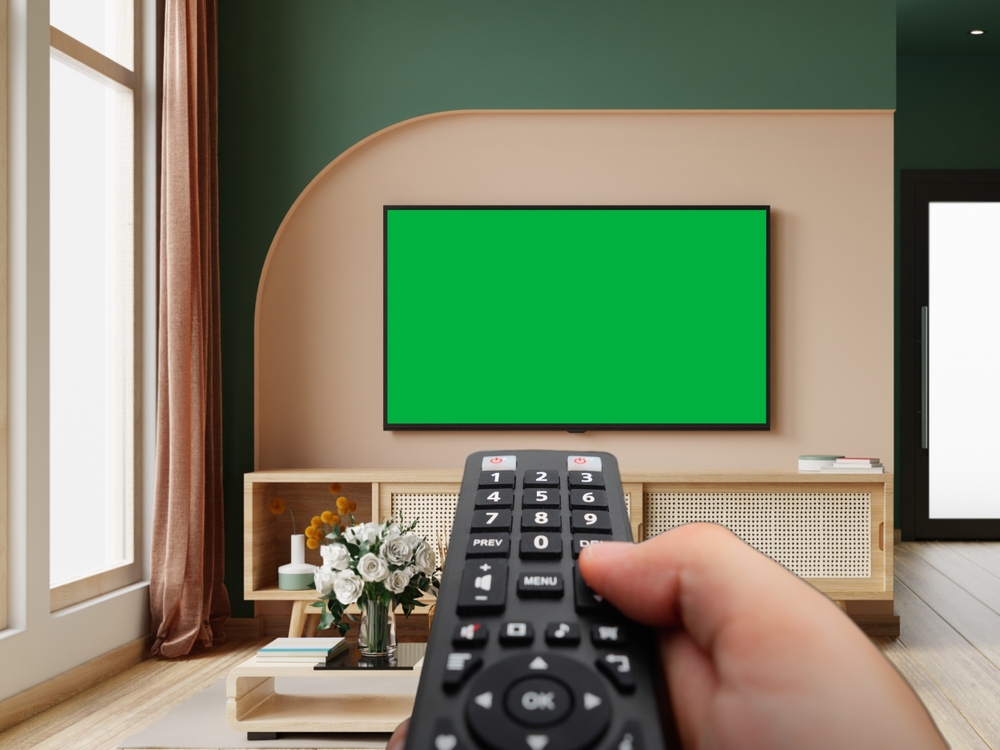
Televisions are a staple in most homes and a significant contributor to energy consumption, especially older models. While modern LED TVs are more energy-efficient, they still consume power in standby mode. Most people don’t realize their TV continues to draw electricity even when turned off, ready to spring into action when you hit the remote power button. To cut down on unnecessary energy use, make it a habit to unplug your TV when it’s not being watched, or use a smart power strip to manage multiple electronics at once.
Another way to reduce energy usage is by adjusting the settings on your TV. Many models have eco-modes or energy-saving settings that adjust brightness and contrast to consume less power. Turning down the brightness can have a substantial impact on energy use without significantly affecting your viewing experience. If you’re in the market for a new TV, consider an Energy Star-rated model, as these are designed to use less power both in active and standby modes. Reducing TV energy consumption is a simple way to lower your electric bill while still enjoying your favorite shows and movies.
5. Microwaves
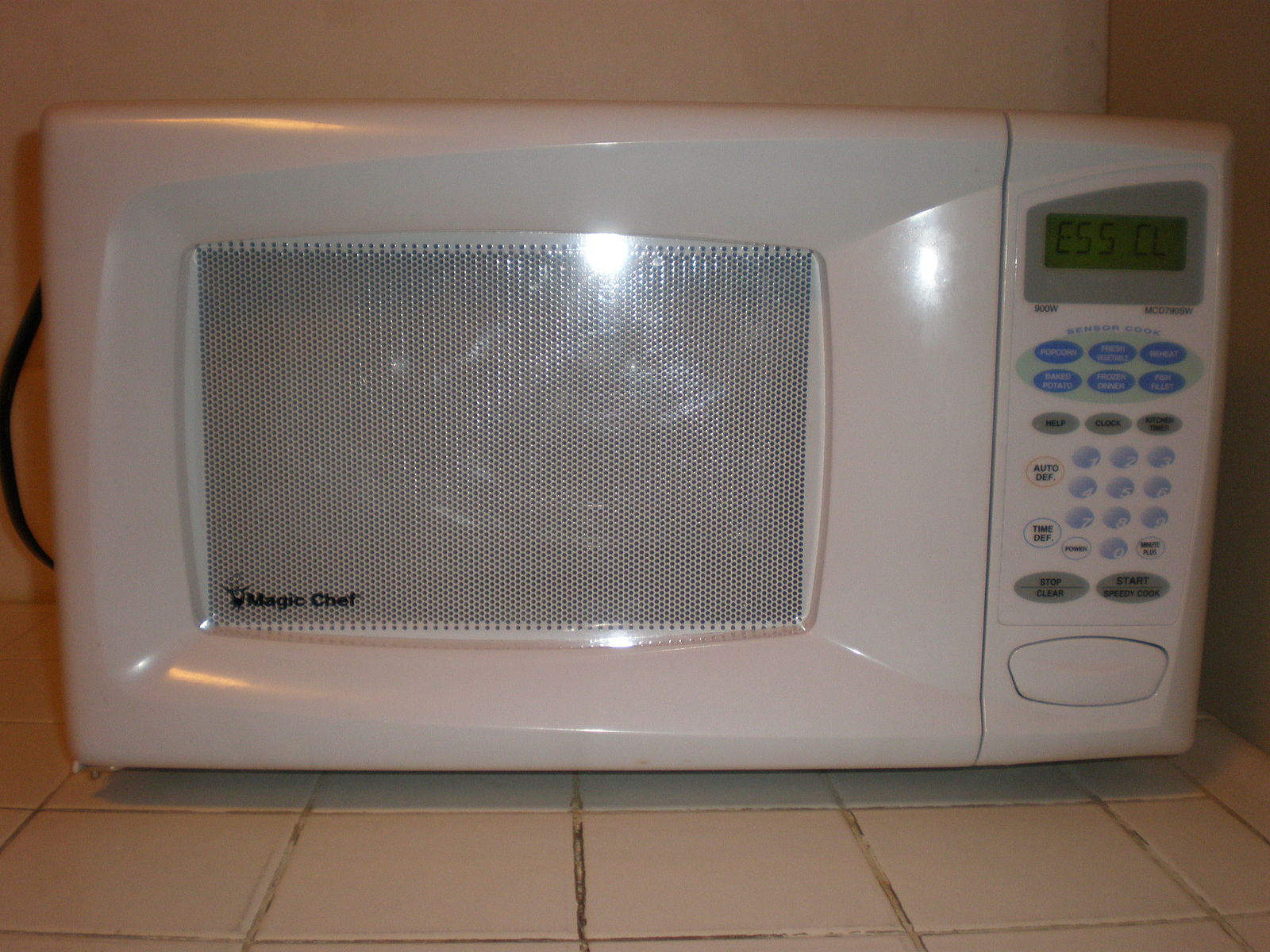
Microwaves are a convenient kitchen appliance, but they’re also stealthy energy consumers. Even when not in use, microwaves continue to draw energy to maintain the clock and other settings. Energy researcher Lisa Tran from the University of Michigan highlights that the microwave’s standby power can add up over time, contributing to the overall energy bill. To cut down on this phantom energy use, unplug your microwave when it’s not in operation. It might seem inconvenient, but it’s a worthwhile habit to adopt for energy savings.
Another option is to invest in a microwave with a power-saving mode or a model that consumes minimal energy in standby mode. Such features can reduce the overall electricity consumption of the device. If you’re concerned about convenience, consider placing the microwave on a power strip to make it easier to switch off when not in use. Remember that every bit of energy saved contributes to a lower electricity bill and a smaller carbon footprint. Changing how you use your microwave can be an easy victory in the battle against rising energy costs.
6. Coffee Makers

Coffee makers are a morning essential for many, but they can be sneaky energy hogs. While it’s tempting to leave them plugged in for a quick caffeine fix, this can lead to unnecessary energy consumption. Even when not brewing a fresh pot, coffee makers can draw power simply by staying plugged in. To save energy, consider unplugging your coffee maker after each use, especially if you’re not going to use it again until the next morning.
For those who find unplugging a hassle, a smart plug can provide an efficient solution. Smart plugs allow you to control power via an app, letting you ensure the coffee maker is off even if you forget to unplug it manually. Many coffee makers now come with energy-saving features, so upgrading to a newer model could also help reduce your energy consumption. Making the switch to more energy-conscious habits can ease the strain on your wallet and contribute to a more sustainable lifestyle. With a little effort, your morning coffee ritual can be both energizing and efficient.
7. Printers
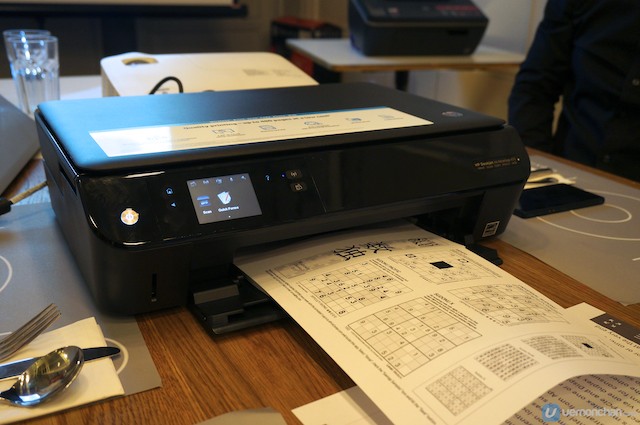
Printers, especially those with multiple functions, can be a hidden source of energy waste. When left plugged in, they often remain in standby mode, drawing energy in readiness to spring into action at a moment’s notice. According to a report from Energy Saver, an initiative by the U.S. Department of Energy, printers can consume nearly as much energy in sleep mode as they do when actively printing. Unplugging your printer or using a power strip with a switch can help mitigate this unnecessary energy use. It’s a small step that can lead to noticeable savings over time.
If unplugging isn’t practical, consider adjusting the settings on your printer to enter a low-power mode when not in use. Many newer models come with these features, designed to conserve energy without sacrificing functionality. Additionally, if your printer usage is minimal, it may be worth considering a more energy-efficient or compact model. These often consume less power both in active use and in standby mode. By taking action to reduce your printer’s energy consumption, you’re not only saving money but also reducing your environmental impact.
8. Stereo Systems
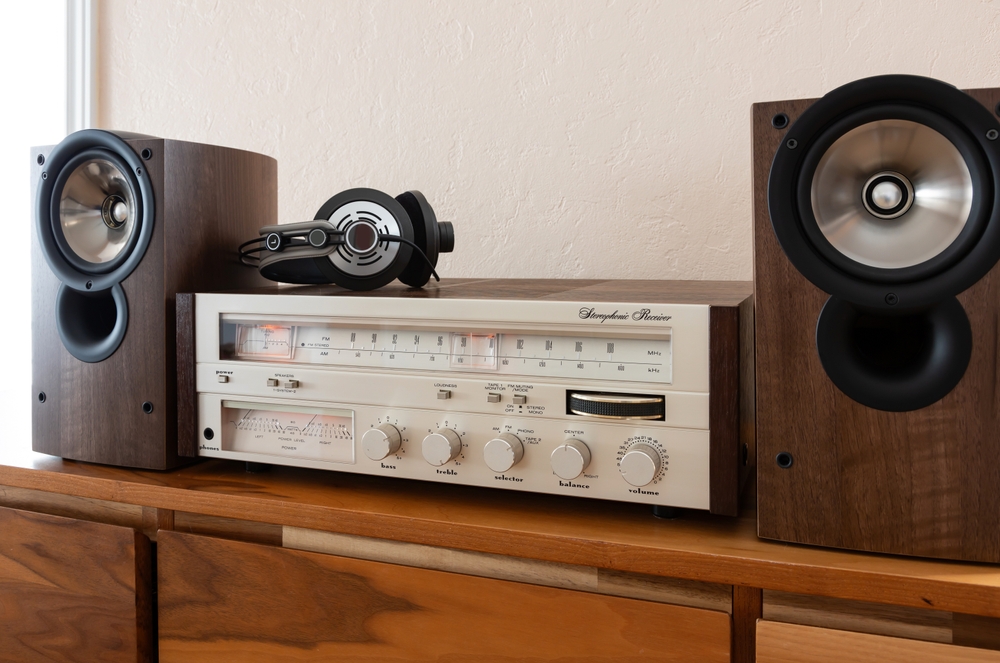
Stereo systems, with their various components and powerful output, can be surprisingly energy-intensive. Many people leave them on standby, thinking this mode conserves energy. However, even in standby mode, stereo systems can draw significant amounts of electricity, adding to your energy bill. Unplugging the system when it’s not in use can help curb this energy loss. If you have multiple components, consider connecting them to a power strip for easier control.
Another way to reduce energy consumption is to incorporate smart power management into your stereo setup. Some modern systems now include energy-saving modes that minimize power use when the system is not actively in use. Additionally, upgrading to more energy-efficient models can significantly reduce the amount of electricity your stereo consumes. Being mindful of how and when you use your stereo can help you enjoy your favorite tunes without the guilt of excessive energy use. Making these adjustments not only saves money but also contributes to a greener planet.
9. DVD And Blu-ray Players
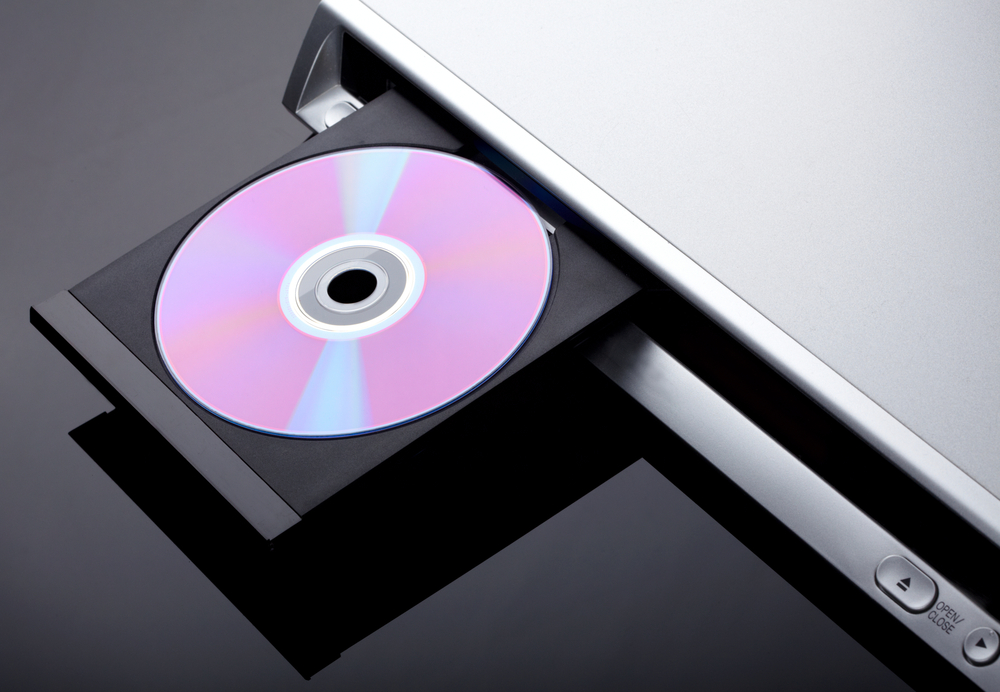
DVD and Blu-ray players might seem outdated, but they’re still a common feature in many entertainment setups. Even when not in use, these devices can consume power when left plugged in, especially if they’ve been in standby mode. Many people leave them connected for convenience, not realizing the impact on their energy bills. Unplugging them when they’re not in use can help reduce this energy drain. Alternatively, use a power strip to manage power to all your entertainment devices at once.
For a more effortless solution, consider using smart plugs that can be scheduled to turn off power at times when the player is unlikely to be used. Some newer models also come with energy-saving features that significantly reduce power consumption in standby mode. If you still use physical media frequently, it may be worth investing in these newer, more efficient players. By taking a proactive stance on energy use, you can enjoy your movie nights without worrying about unnecessary energy costs. Being conscious of how your entertainment devices consume power is a simple yet effective way to cut down on your energy expenses.
10. Set-Top Boxes

Set-top boxes are notorious for being energy vampires, often consuming power without people noticing. These devices, used for cable or satellite TV, usually remain in standby mode, ready to spring into action whenever you turn on the TV. However, this standby state is not as innocuous as it seems; it draws power continuously. To combat this, consider turning the box off completely or unplugging it when you’re not watching TV. This small change can lead to significant energy savings over time.
Many people resort to leaving set-top boxes on to avoid waiting for them to reboot, but newer models have improved startup times, making this less of an issue. Additionally, some set-top boxes now include energy-saving modes that can be activated in the settings menu. If possible, upgrading to a more energy-efficient model can further reduce your electricity usage. Making such adjustments can help you enjoy your favorite shows while keeping energy consumption in check. By being proactive, you can make a noticeable impact on your energy bill.
11. Smart Speakers
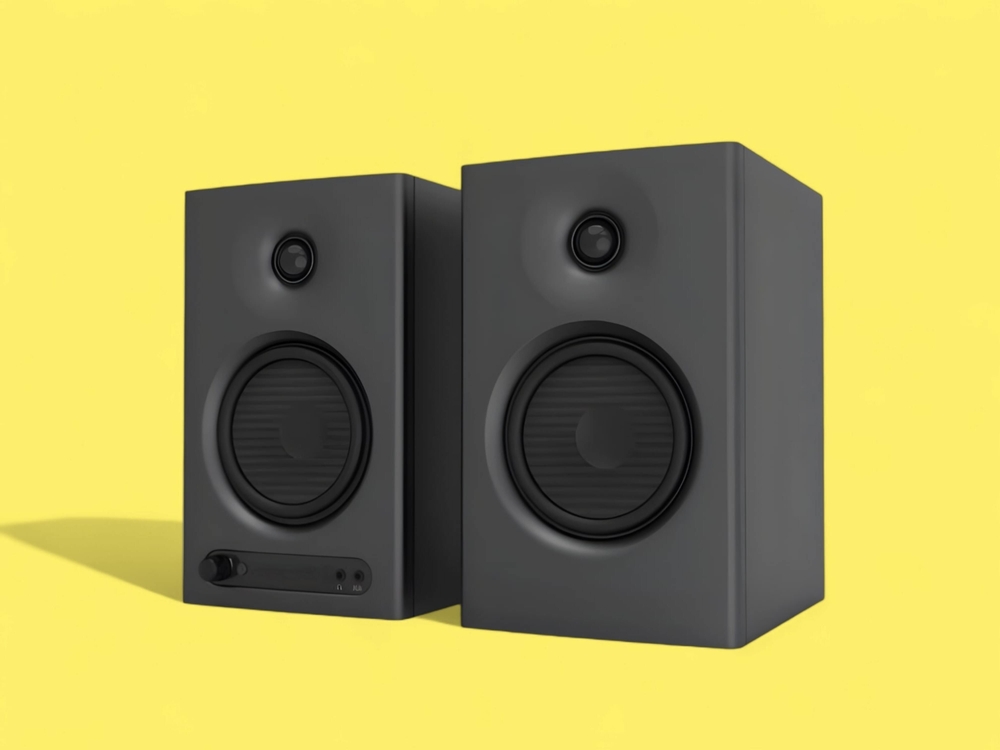
Smart speakers, with their always-on microphones and connectivity, can be a quiet drain on your household energy. Designed to be at your beck and call, these devices draw a continuous supply of power even when not actively in use. This constant readiness can add up over time, subtly increasing your energy bill. To curb this unnecessary consumption, consider unplugging the device during extended periods of inactivity, or use a smart plug to manage its power supply more efficiently.
Some smart speakers come with energy-saving features or settings adjustments that can help reduce their energy footprint. These features typically include scheduling downtimes or reducing microphone sensitivity when the speaker isn’t in use. If you’re concerned about the device’s energy consumption, upgrading to a newer, more efficient model could be a wise move. By taking advantage of these features and being mindful of when your smart speaker is active, you can enjoy the convenience of voice-activated technology without the energy guilt. Every kilowatt saved contributes to a lighter energy bill and a more sustainable environment.
12. Alarm Clocks

Alarm clocks, an essential item in many bedrooms, are often overlooked energy users. These devices, even the simplest ones, need power to keep time and run alarms, but they draw electricity continuously. While it might not seem like much, this constant power draw can contribute to energy waste over time. Unplugging your alarm clock during the day when it’s not needed can save a bit of energy. Alternatively, consider switching to a battery-operated model that doesn’t rely on a constant electrical supply.
If you prefer digital alarm clocks, look for models with energy-saving features, such as dimmable displays or low-power modes. These features can significantly reduce the overall power consumption of the device. For tech-savvy users, smart alarms that integrate with your smartphone can offer the same features with reduced energy usage. By reevaluating how you use this daily gadget, you can make a small yet impactful change in your energy consumption. It’s a simple step towards a more efficient and eco-friendly lifestyle.
13. Electric Toothbrush Chargers

Electric toothbrush chargers are another small but persistent source of energy drain. Many people leave them plugged in all the time, even when the toothbrush is fully charged. This constant connection draws unnecessary power and can wear out the charger more quickly. To minimize this, unplug the charger once your toothbrush is fully juiced up. It’s a small habit that can lead to energy savings over time.
Some newer electric toothbrush models come with more efficient charging systems that consume less energy and better battery management features. Investing in such models can reduce the frequency and duration of charging needed. For those who prefer convenience, consider using a plug timer that automatically switches off the charger after a set period. By being mindful of your charging habits, you can enjoy the benefits of an electric toothbrush without the added energy costs. Embracing these small changes contributes to a more energy-conscious and sustainable household.
This article is for informational purposes only and should not be construed as financial advice. Consult a financial professional before making investment or other financial decisions. The author and publisher make no warranties of any kind.








